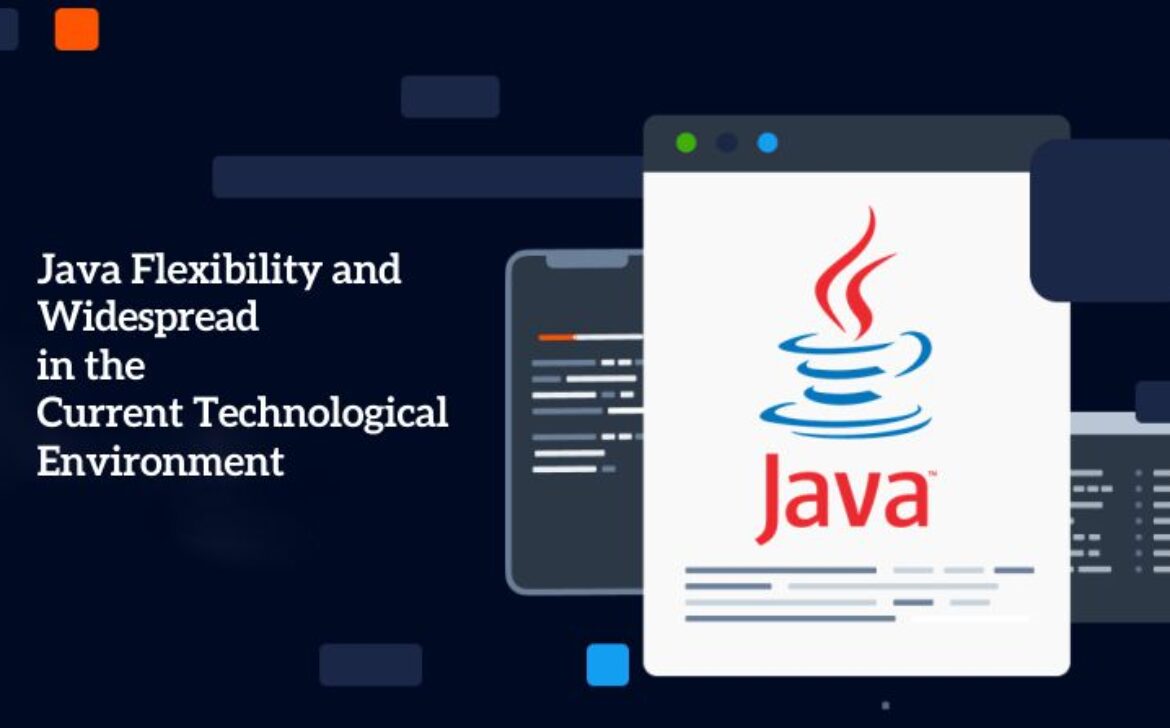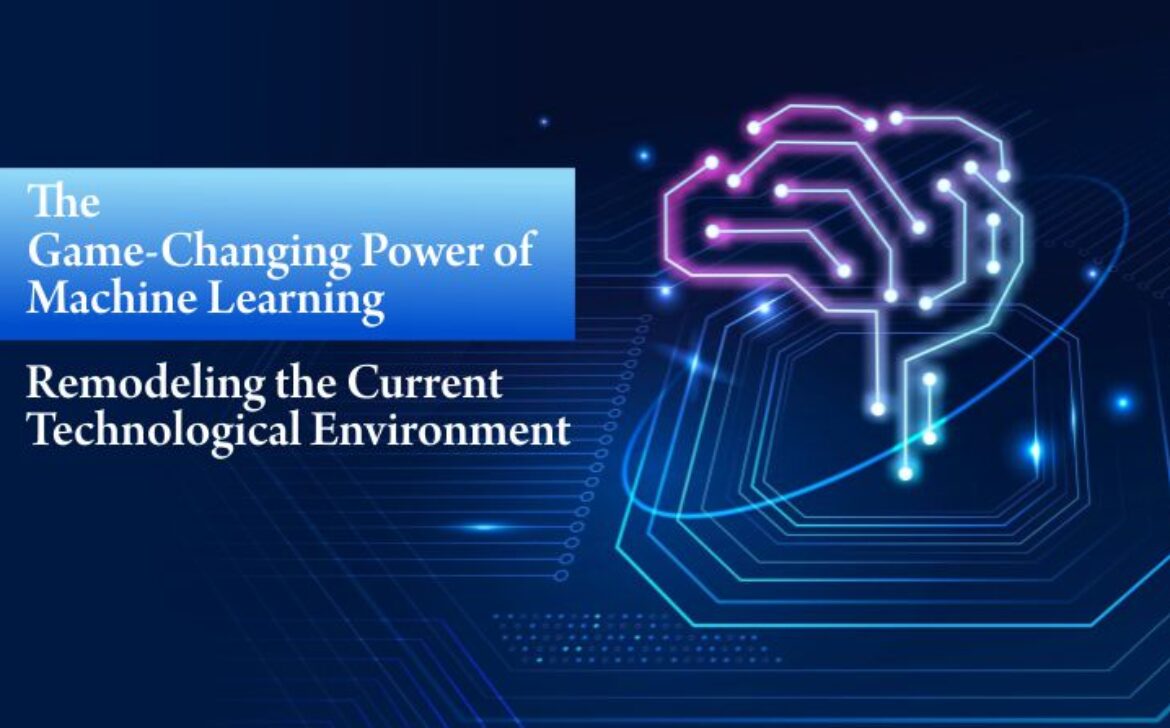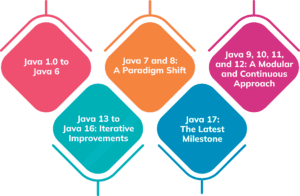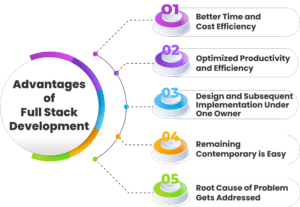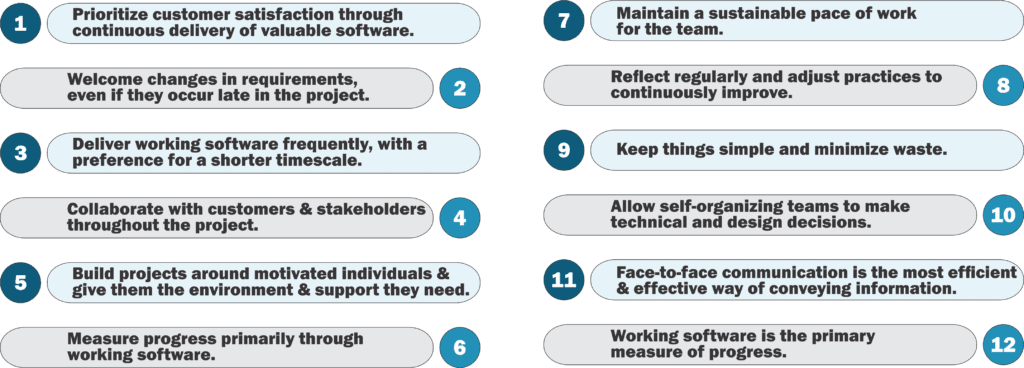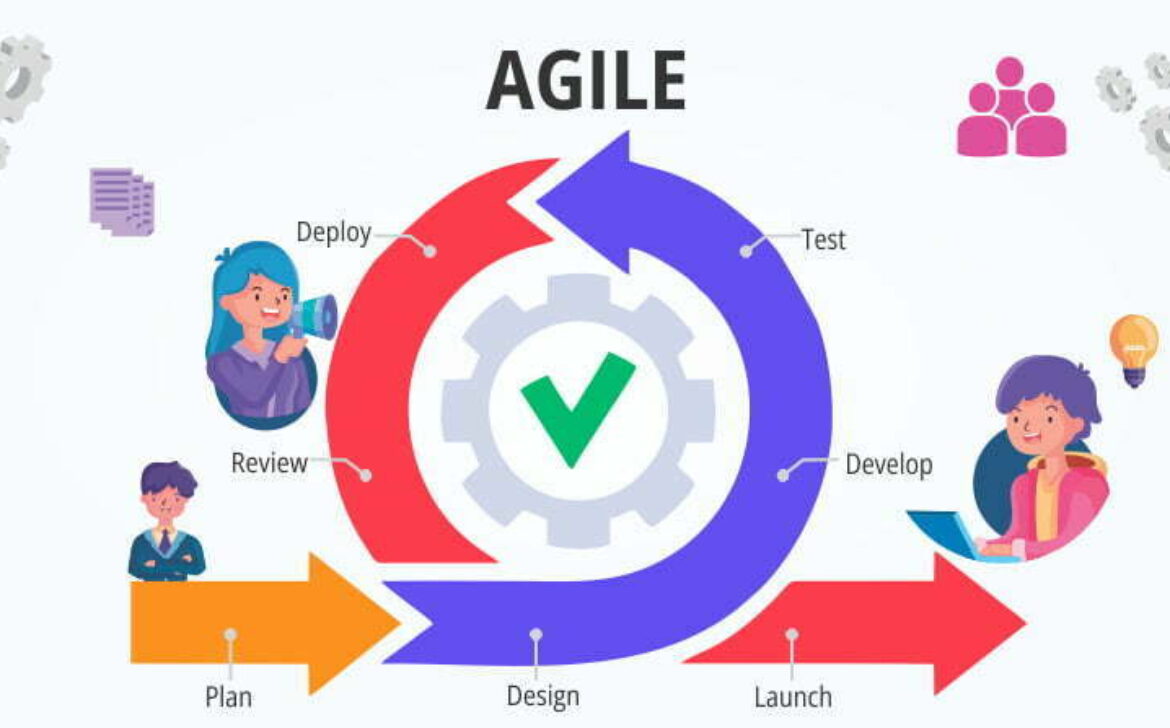Java Flexibility and Widespread in the Current Technological Environment
James Gosling created the computer language Java in the middle of the 1990s, and it has not only survived the test of time but also continues to rule the modern world. Because of its importance, adaptability, and constant change, it is an essential component of contemporary software development.
The Evolution of Java: A Journey Through Versions and Innovation
The evolution of Java is reflected in its versions, which each provide new advancements and capabilities. The Java language has grown significantly between Java 1.0 and the most recent version, Java 18. The way developers design, create, and manage apps has been greatly influenced by this progression.
Java is now known for its stability and flexibility, providing a wide variety of tools, frameworks, and features to meet the various needs of developers. The environment it has created, which has allowed for full-stack development, enterprise solutions, and cutting-edge applications, is just as important as its syntax.
Full-Stack Java Development: Revolutionizing Application Creation
The concept of full-stack development in Java has revolutionized the process of application creation. With frameworks like Spring and Apache Tomcat, developers can build both the frontend and backend of applications seamlessly. Java’s Full Stack Developer course and tools like Intellij IDEA provide a comprehensive environment for these endeavors.
Online Java Compiler: Expanding Accessibility and Collaboration
The availability of online Java compilers has further broadened up the world of programming. It is now possible for the future developers to write, compile, and test code without requiring complex local installs. Developers can now work together, review, and test code in real-time in a collaborative setting.
Innovative Uses of Java in Unexpected Arenas
Java has achieved significant improvements in several domains beyond the scope of typical software development. Java is used in the desktop version of the game Minecraft, which changed the gaming industry and demonstrates the language’s versatility.
Java’s Vital Role in Enterprise Solutions
Java is a key component of enterprise-level solutions because of its flexibility and robustness. In order to ensure dependability, security, and flexibility for extensive business processes, the Spring framework, JDBC, and JPA Java are essential components in the construction of these systems.
Java’s Role in Web Development
Java is simply the best language for developing websites. Web application development has been greatly assisted by technologies such as Java’s JSP and the addition of servlets. Java’s importance in server-side logic development is demonstrated by JAX-RS, which makes it possible to create robust web APIs.
Continuous Innovation and Advancements in Java
Java is still developing in the current market, which moves quickly. Versions like Java 17 and its predecessors show an effort to continuous improvement as well as a smooth acquisition of new technologies. The language’s flexibility to accommodate new characteristics and improvements—such as the introduction of protected classes, external functions, and memory APIs in Java 17—further establishes its applicability in modern development methodologies.
Java’s Ubiquitous Nature and the Future Ahead
Java is used for more than just developing software. Its use in cloud computing, artificial intelligence, mobile technology, and the internet of things (IoT) signifies a bright future. Java is becoming a leader in the latest technologies because to innovations like GraalVM and Quarkus, which are expanding the language’s capabilities.
In conclusion, Java continues to be an essential tool in the field of programming despite its lengthy history and ongoing development. It is a must-have tool for developers, educators, and innovators due to its adaptability, versatility, and broad application across numerous industries. The language has a great future ahead of it, full of new developments and inventions that will continue to influence the digital world in which we live.
For more information Visit :
Blogger,
Pranav Umekar
SEED Infotech Ltd., Pune

